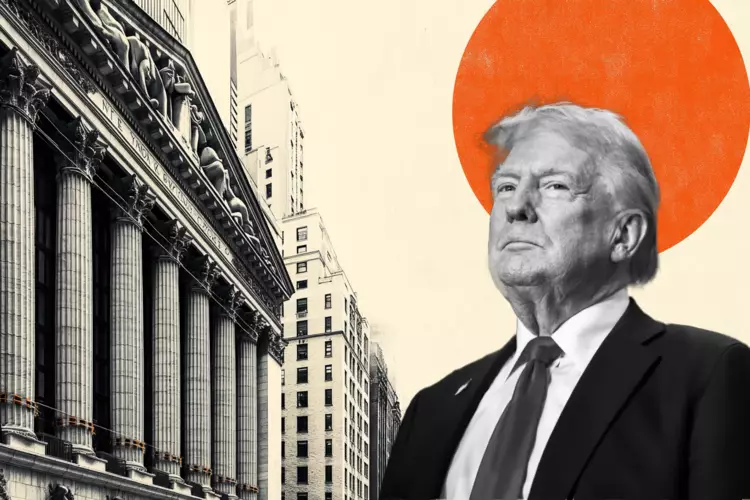Recent comments from former President Donald Trump on Truth Social regarding current Federal Reserve Chairman Jerome Powell underscore a growing sentiment among economists and policymakers: the necessity for proactive monetary policy adjustments. Trump’s call for Powell to lower the policy rate came in the wake of disappointing employment data, specifically from Automatic Data Processing (ADP), which revealed a mere 37,000 jobs added to the private sector in May. This figure starkly contrasted with market forecasts of 115,000, signaling potential underlying weakness in the economy. With such alarming statistics, the urgency for the Fed to respond with a more accommodative stance becomes increasingly evident.
The sluggish job growth and the failure to meet expectations showcase a concerning trend that could have lasting repercussions on consumer confidence and overall economic health. Trump’s exasperation with Powell resonates with many who fear that waiting too long to stimulate the economy could worsen an already fragile situation. With Europe having already taken steps to lower rates multiple times, the pressure mounts for the United States to adopt a similar strategy.
The State of the US Dollar
The United States Dollar (USD) finds itself under notable bearish pressure, with the USD Index dipping 0.25% on a recent trading day. As the leading global currency and a significant reserve asset for many countries, the implications of weakening dollar sovereignty cannot be overstated. The dollar’s status as the world’s preeminent reserve currency allows it to play a vital role in international trade, making the Federal Reserve’s monetary policy one of the most critical factors influencing both domestic and global markets.
Historically, the dollar’s supremacy has hinged on effective monetary policy and economic stability. The Fed employs interest rate adjustments as its primary mechanism to combat inflation and stabilize employment rates. When inflation rises above its targeted 2%, the customary response is to elevate interest rates, bolstering the dollar’s value. Conversely, when the threat of recession looms and job growth falters, a reduction in rates can provide the necessary stimulus to invigorate an ailing economy.
Quantitative Easing: A Necessary Evil?
In times of economic distress, the Federal Reserve can resort to unconventional measures like Quantitative Easing (QE) to bolster financial markets. QE involves injecting liquidity into the economy by purchasing government bonds to encourage lending and investment. While it was utilized effectively during the Great Financial Crisis of 2008, the implications of such a policy are profound — primarily leading to a depreciated value of the dollar.
This raises pertinent questions: Are we prepared to re-enter the realm of QE? Should the Fed adopt radical measures to prevent economic stagnation from a lack of growth? While these strategies may temporarily boost liquidity, they can also create long-term challenges, including inflated asset prices and potential volatility in the currency market. The delicate balance between stimulating the economy and maintaining the dollar’s integrity poses an increasingly difficult challenge for policymakers.
The Path Forward: Complexity and Strategy
As the economic landscape evolves, so too must the strategies employed by the Federal Reserve. The choice between lowering interest rates to stimulate growth or engaging in more aggressive measures like QE depends largely on macroeconomic conditions. An essential factor is achieving and maintaining price stability, which must be balanced against the imperative to foster employment.
The Fed’s dual mandate requires an intricate understanding of market dynamics, and deviations from sound policy can have significant ripple effects. As the global economic ecosystem becomes increasingly interconnected, the actions taken within the domain of U.S. monetary policy will undoubtedly transcend national borders, influencing foreign exchange reserves, trade balances, and geopolitical relationships. It is crucial for the Fed and its leadership to remain cognizant of these broader implications while navigating the complexities of their ongoing economic responsibilities.
As President Trump and others rally for a shift in monetary policy, the call for decisive action rings clearer than ever. The path forward requires not just effective leadership but also a willingness to adapt strategies to meet the pressing demands of a changing economy. The Federal Reserve must remain agile and responsive, striking a note of confidence and stability in an increasingly uncertain world.

